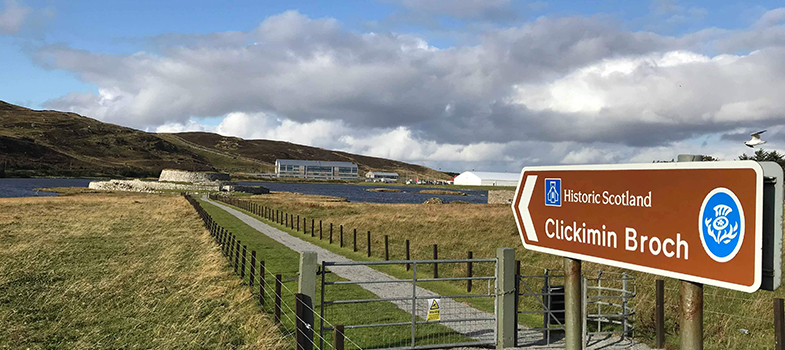Unit 18: Literature – poetry
Introduction
In this unit, you will learn more about poetry in the Scots language. There are samples of poems representing dialect diversity across various parts of the country, from Shetland, the Borders, the North East, to each of Scotland’s cities. All are different but connected to each other.
There is also a range of Scots evident in poetry throughout Scotland’s history, from major poets of different periods, such as William Dunbar, Elizabeth Melville, Robert Burns, Hugh MacDiarmid, Christine de Luca and Gerda Stevenson, some of whom you have already come across in this course. This unit will introduce you to how poetry works in Scots and how the language itself offers particular opportunities for distinctive poetic expression.
The first thing to emphasise is that all poetry is a transformation of everyday language into something more highly sensitised than its normal use. Also, there are many different forms of poem: a sonnet has a distinct structure, a ballad is usually a song that tells a story in verse in four-line rhyming stanzas, a monologue may be in free verse, an epic such as Gavin Douglas’s translation of Virgil’s Aeneid, touched upon in unit 15, tells a long story through a number of books and involves numerous characters, men and women in dramatic situations, taking the form of an extended narrative with many digressions.
In any single case, the Scots language can suggest tones of voice, utilise aspects of enunciation, vocal and verbal expressions, present or suggest characters, represent tension, harmony, discord, sorrow or joy, and ultimately it can create meaning in poems in ways no other language can – or rather, it does so just as all languages do, but in its own distinctive ways. The lack of a ‘standard’ Scots may be an advantage to writers from different locations whose voices and hearing have become attuned to the sounds of their favoured or native territories.
Sydney Goodsir Smith (1915–75) was born in New Zealand but adopted and adapted Scots in many of his best poems. In ‘Epistle for John Guthrie’ he made the point that all poems, all works of art, are the result of artifice: they are made things. Here, speaking of the antipathy towards Scots language in many quarters, he stated the following:
Transcript
We’ve come intil a gey queer time
When screivin Scots is near a crime,
‘There’s no one speaks like that’, they fleer,
– But wha the deil spoke like King Lear?
(2010[1975])
A general guide for you to reading any poem is to think of the word ‘sift’ and apply it as an acronym like this:
- Subject: what is it about?
- Imagery: what are the main images it evokes?
- Form: what structure does it take?
- Tone: how does it sound?
Like any poem in any language, poems in Scots might take any subject, imagery and form but their tone is particularly affected by the language. In a poem, meaning is usually conveyed through sound as well as structure, imagery and subject. These component parts all work together, so what characterises one changes all the others. Throughout this unit, you will be working with this approach as you explore how the Scots language shaped much of the poetry of Scotland.
Important details to take notes on throughout this unit:
- the range of vernacular dialects and the synthesis of dialects in crafted, literary Scots poems
- the range of forms in literary Scots poems and the relation between voice (or voices) and poetic form (or forms) through history
- ways of saying (forms of address: who is being talked to, what is the position of the reader and what is the position of the writer?)
- the distinctive or ‘untranslatable’ characteristics of poetry in Scots.
Activity 1 
Before commencing your study of this unit, you may wish to jot down some thoughts on the important details we suggest you take notes on throughout this unit. You could write down what you already know about each of these points, as well as any assumption or question you might have.
